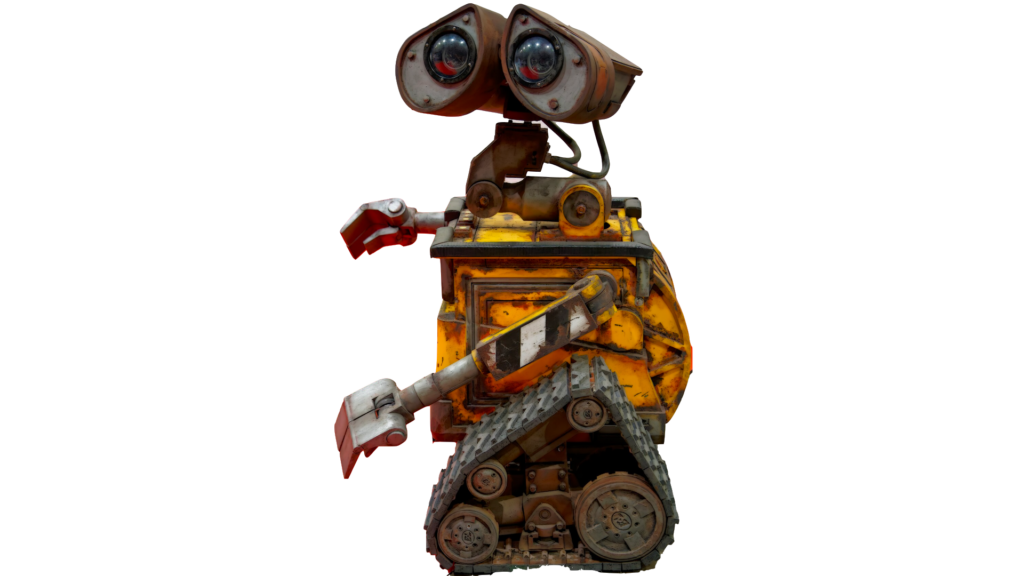Ben Burtt was recently awarded the 2024 Vision Award Ticinomoda, which describes him as:
“Ben Burtt is a pioneer and visionary who has fundamentally changed the way we perceive sound in cinema.”
In this interview, Burtt shares some of his experiences as Sound Designer for several iconic films, including his discovery of “a kind of sophisticated music program called the Kyma” which he used in the creation of the voice of WALL-E.
The interviewer asked Ben about the incredible voices he created for WALL-E and EVA:
Well, Andrew Stanton who was the creator of the WALL-E character in the story; apparently he jokingly referred to his movie as the R2-D2 movie. He wanted to develop a very affable robot character that didn’t speak or had very limited speech that was mostly sound effects of its body moving and a few strange kind of vocals, and someone (his producer, I think — Jim Morris) said well why don’t you just talk to Ben Burtt, the guy who did R2-D2, so they got in touch with me.
Pixar is in the Bay Area (San Francisco) so it was nearby, and I went over and looked at about 10 minutes that Andrew Stanton had already put together with just still pictures — storyboards of the beginning of the film where WALL-E’s out on his daily work activities boxing up trash and so on and singing and playing his favorite music, and of course I was inspired by it and I thought well here’s a great challenge and I took it on.
This was a few months before they had to actually greenlight the project. I didn’t find this out until later but there was some doubt at that time about whether you could make a movie in which the main characters don’t really talk in any kind of elaborate way; they don’t use a lot of words. Would it sustain the audience’s interest? The original intention in the film that I started working on was that there was no spoken language in the film that you would understand at all; that was a goal at one point…
So I took a little bit of the R2 idea to come up with a voice where human performance would be part of it but it had to have other elements to it that made it seem electronic and machine-like. But WALL-E wasn’t going to Beep and Boop and Buzz like R2; it had to be different, so I struggled along trying different things for a few months and trying different voices — a few different character actors. And I often ended up experimenting on myself because I’m always available. You know it’s like the scientist in his lab takes the potion because there’s no one else around to test it: Jekyll and Hyde, I think that’s what it is. So I took the potion and and turned into Mr Hyde…

The idea was to always give the impression of what WALL-E was thinking through sound…
But eventually it ended up that I had a program — it was a kind of sophisticated music program called the Kyma and it had one sound in it — a process where it it would synthesize a voice but it [intentionally] didn’t do very well; the voice had artifacts that had funny distortions in it and extra noises. It didn’t work perfectly as a pure voice but I took advantage of the fact that the artifacts and mistakes in it were useful and interesting and could be used and I worked out a process where you could record sounds, starting with my own voice, and then process them a second time and do a re-performance where, as it plays back, you can stretch or compress or repitch the sounds in real time.
So you can take the word “Wall-E” and then you could make it have a sort of envelope of electronic noise around it; it gave it a texture that made it so it wasn’t human and that’s where it really worked. And of course it was in combination with the little motors in his arms and his head and his treads — everything was part of his expression.
The idea was to always give the impression of what WALL-E was thinking through sound — just as if you were playing a musical instrument and you wanted to make little phrases of music which indicated the feeling for what kind of communication was taking place.